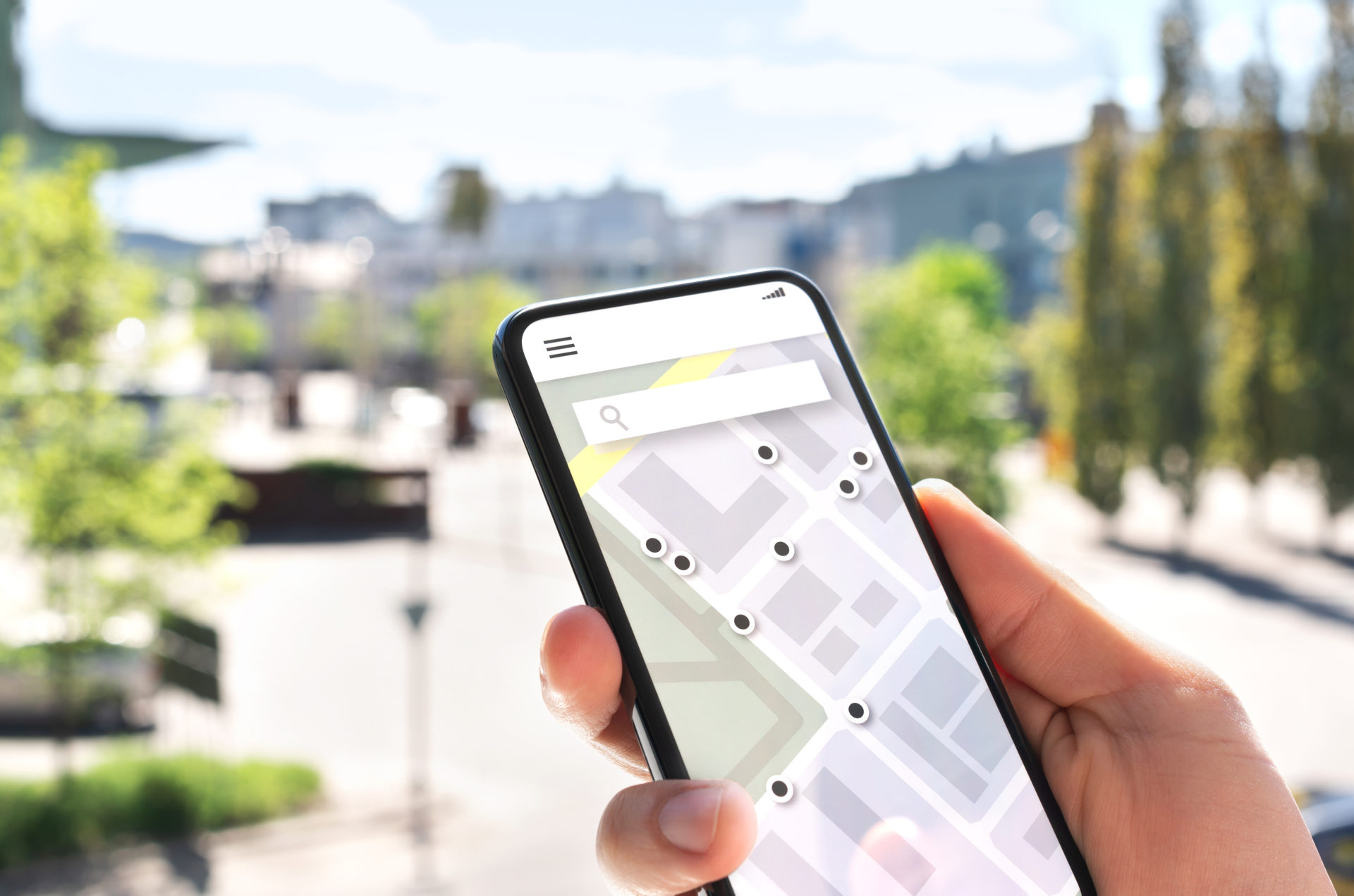
Location-based marketing adds massive benefits to the companies that strategically utilize it. Geofencing, a tool within location-based marketing, caters to new, current, and potential customers who cross the boundary (or geofence) you set, allowing you to:
- Improve customer engagement
- Increase brand awareness
- Obtain more sales
- Provide better customer satisfaction
- Reach leads even after they leave the fence
- Sharpen targeting efforts
The secret to benefitting from a geofencing campaign is knowing how to employ one wisely. A quality strategy must be well thought out and monitored to maximize impact.
If you’re interested in applying winning tactics to your location-based marketing through geofencing, here are five crucial steps to follow:
- Know Your Target Locations
With any marketing campaign or strategy, it’s crucial to begin your efforts with thorough research. Geofencing is no different. You must understand your customer demographics and consumer insights to know the best locations to target.
Common locations to fence include:
- Your business’s physical location(s)
- Your competitors’ physical locations
- Areas your ideal customers are more likely to frequent
- Target the Right Locations
You want to set up the right-size fence in well-planned areas to reach potential leads better. If your fence radius is too big or misplaced, you could see consequences like:
Missing your target audience altogether
Let’s say your law firm is interested in gaining leads and increasing name recognition. If you geofence a low-populated area with a 5-mile fence radius, you may struggle to advertise to your ideal clients. The right people may not cross your boundary often enough if it’s too big or the population is too sparse.
A better geofence location should be more precise and thought out. Depending on the nature of the law firm, successful locations could include:
- Courthouses
- Competitors’ firms
- Downtown areas
- Shopping centers
- Local universities
Targeting the wrong crowd
Although you may place your geofence in a location that will reach a broad audience, you could miss potential customers by targeting the wrong crowd.
For instance, a retail store that uses geofencing to communicate sales, discounts, and inventory to in-store shoppers will reach too many people if there are multiple locations within a single fence. The better choice would be to create a tight boundary around each store to reach current shoppers at each particular location.
The Digital Experts at M&R Marking Make Geofencing easy! Call Us Today: 478-621-4491
- Create Informative, Compelling Ads
Half of geofencing is choosing the right fence size and location. The other half is creating compelling, informative ads to communicate accurately with your audience.
Geofencing ads should be:
Clear
Whether you’re using geofencing to create a personalized shopping experience, raise brand or campaign awareness, or encourage a specific action, you want the messaging to be clear. Leads should see the ad and understand exactly what the messaging means.
To the Point
Clear messaging goes hand-in-hand with messaging that is to the point (or at least it should). You don’t want to overwhelm your customers or leads with too much content or design. They should know the ad’s purpose instantly.
Action-Based
In addition to concise clarity, your ad’s messaging should be action based:
- Retail stores can ask in-store customers to download the app for a better shopping experience.
- Restaurants can encourage nearby customers to view their menus.
- Universities can encourage seniors at a high school to enroll now.
The sharper and more pointed the ad is, the better.
- Increase Brand Awareness, Sales, and Customer Satisfaction
The point of geofencing is to target mobile users and convert leads into clients or cater to established clients, right? You can do just that with the above steps 1-3. Applying well-thought-out strategies to your geofencing size, location, and ads will increase your likelihood of growing your brand, increasing sales, and winning satisfied customers.
- Analyze the Data for Strategy Improvement
One of the most significant benefits of adding geofencing to your marketing strategy is the real-time data and feedback the campaign provides. Geofencing data can instantly show you:
- Which of your multiple locations convert more customers
- Which time of day is more productive
- What components of the campaign can improve for more optimization
You can see the results of your geofencing campaign as it happens, allowing you to make changes and adjustments in real time. Geofencing data is highly beneficial for strengthening your campaign to achieve goals and further increase your ROI.
Are You Ready to Start Employing Geofencing and Strengthening Your Location-Based Marketing? Rely on the Digital Experts at M&R Marketing.
Our in-house digital department knows the ins and outs of geofencing and location-based marketing. Take advantage of what our team can do with geofencing and experience enormous benefits for your business. Talk to an account manager to get started: 478-621-4491
Are you ready to start researching geofencing and location-based marketing yourself? Start with our recent blog articles, and make sure you stay tuned for more:
- How to Use Geofencing to Capture Quality Leads
- Geofencing 101: The Essential Guide to Location-Based Marketing
- Immediate Benefits of Geofencing Advertisements
- Do Geofencing Ads Work? How to Track and Understand Campaign Performance
- Tips to Leverage Location-Based Marketing in 2023
- Practical Examples of Location-Based Marketing Campaigns for Your Business
- Find Your Audience: How to Apply Geographic Segmentation to Your Campaign
- How Geofencing Advertisings Can Help Your Business’ Foot Traffic
- Proximity Marketing: How Your Ads Can Go Where Your Audience Goes
Did you love this article? Make sure you sign up for our monthly eNewsletter, so you never miss one again.

